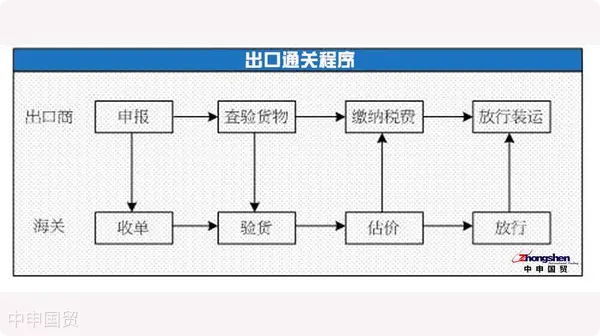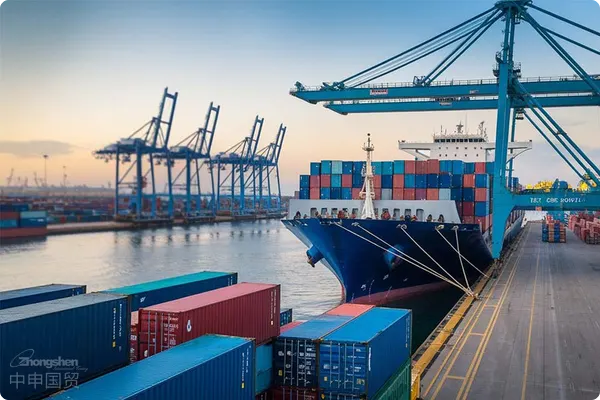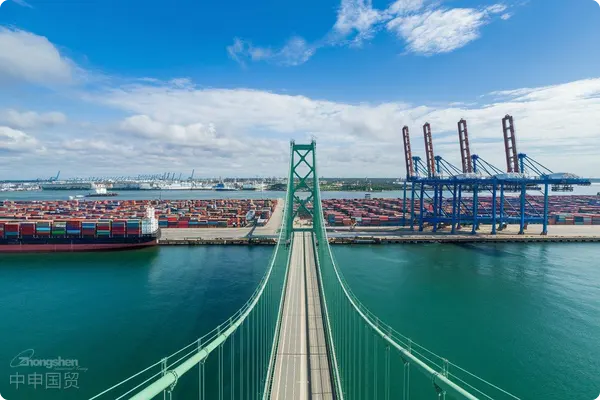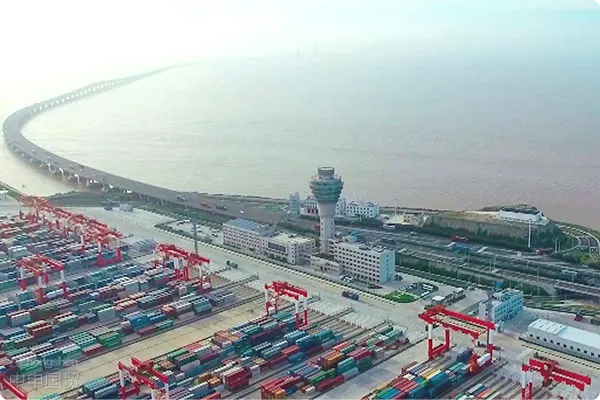- Shanghai Zhongshen International Trade Co., Ltd. - Two decades of trade agency expertise.
- Service Hotline: 139 1787 2118
Relevant Introduction
Export ClearanceFor exporters, the customs clearance procedures can be divided into four stages: declaration, goods inspection, tax payment, and shipment release. From the customs perspective, it involves four steps: document receipt, cargo inspection, valuation, and release.

TakeExport RepresentationFor companies, the customs clearance procedures are as follows
Declaration
Commonly referred to as customs declaration, it refers to the person in charge of inbound and outbound vehicles,import and exportThe consignor or consignee of goods and products, or their agents, must report the status of their import/export goods to customs in writing or via electronic data interchange within the specified period when the goods pass through customs-controlled ports. They must attach relevant goods and commercial documents, request customs inspection and release, and bear legal responsibility for the accuracy and authenticity of the reported content.
For export goods leaving the country, the shipper must declare to customs 24 hours before loading. Specifically, the shipper must declare to customs 24 hours before the export goods enter warehouses, docks, stations, airports, or post offices. The declaration includes the company name of the import/export goods, consignor/consignee units, declared items, transportation method, trade type, trade country, and the actual condition of the goods (mainly name, specifications, quantity, weight, price, etc.).
Inspect goods
Cargo inspection is a type of customs inspection. It refers to the administrative inspection conducted by customs authorities to determine the type, transport vehicle, origin, condition, quantity, and value of import/export goods after the customs declaration form is completed. Through cargo inspection, customs can prevent substandard goods, illegal imports/exports, smuggling, violations, and tariff evasion, ensuring tariffs are calculated at appropriate rates and maintaining theforeign tradenormal flow of trade.
Import/export goods must undergo customs inspection unless exempted by the General Administration of Customs for special reasons. Inspections are conducted at times and locations determined by customs authorities, usually at import/export docks, stations, airports, post offices, or other customs-controlled sites. For bulk goods, hazardous materials, and perishables, inspections may be conducted at operational sites upon request. In special cases, with approval, customs officers may inspect goods at factories, warehouses, or construction sites outside designated locations and charge fees accordingly.
Payment of Taxes and Fees
Export tariffs are levied by customs based on national policies and regulations for exportable goods, primarily to control the blind export of certain goods. Currently, most goods are exempt from export tariffs except for a few specific items.
Tariffs are percentage-based taxes calculated using the FOB (Free On Board) price of export goods as the taxable value, with the rate being a percentage of this value.
Taxpayers must pay tariffs to designated banks within the specified period after customs issues the tax certificate. Failure to pay on time will result in customs pursuing the tax and imposing late fees as per laws and regulations.
Release shipment
Release refers to customs accepting the export declaration form and deciding to terminate on-site supervision of export goods after verifying the declaration, inspecting the goods, and collecting tariffs as required by law.
After clearance, exporters can proceed with shipment arrangements.
Related Recommendations
? 2025. All Rights Reserved. Shanghai ICP No. 2023007705-2  PSB Record: Shanghai No.31011502009912
PSB Record: Shanghai No.31011502009912










